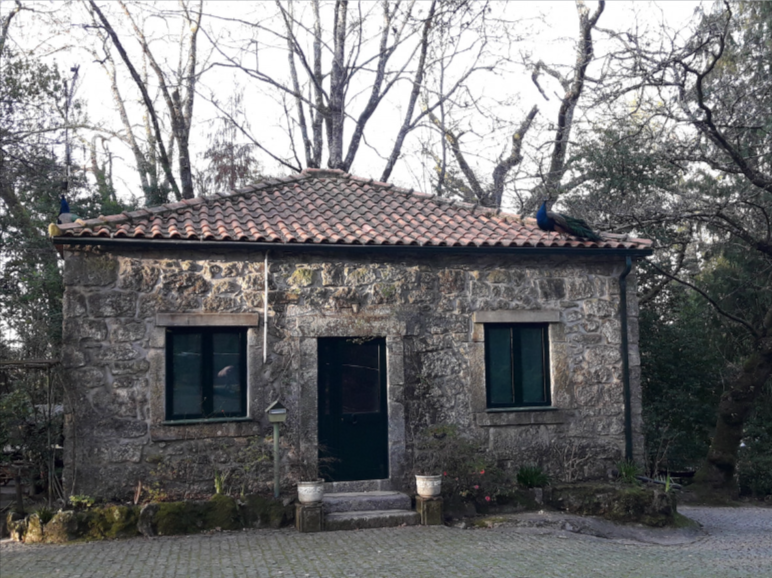The answer to the question, “Can you put air conditioning in an old house?” depends on the type of old home. For example, some old homes have plaster walls that make it difficult to install ducts. These walls also require extensive cleaning after the installation. Another option is to add ducts through vents in closets and ceilings.
Adding air conditioning to an older home is relatively easy
The ductless system can be a great option for older homes that lack ductwork. This type of system pushes air throughout the house and is relatively quiet. It does, however, take up wall space and is more difficult to conceal. You can find a ductless system that works for your home by contacting an HVAC technician.

The first step in adding air conditioning to an older home is to determine the cooling capacity of the home. A contractor can run a computer program to determine the amount of air conditioning needed to maintain the indoor temperature. They can also take into account the structure of the building. Older houses often have some insulation in the attic but are not as insulated in the walls. Additionally, older houses may not have tight windows.
Another step to adding air conditioning to an older home is to upgrade the electrical system. Many older homes have outdated electrical systems that are unable to handle modern appliances. Faulty wiring can also cause house fires. If you’re concerned about safety, consider hiring a licensed electrician to guide you through the process.
It doesn’t require a lot of ductwork
Installing air conditioning in an old house may not seem like a big deal, but it is possible, and you don’t need a lot of ductwork to make your home cool. The first thing you’ll need to do is check whether your house already has ducts. If it does, you can repurpose them for your air conditioning system. Otherwise, you can opt for a zone-based ductless cooling system.
If you’re trying to install air conditioning in an old house, you’ll probably want to use a mini-split. These systems consist of an indoor air handler and an outdoor condenser unit. Both units attach to each other through a small hole in the wall. This system is easy to install and requires no ductwork.
The amount of ductwork you need to install air conditioning in an old house depends on the size of the house and the type of AC unit you buy. You may need to have the electrical system upgraded if your home doesn’t already have ductwork. Older homes often have faulty wiring that can cause fires. You should contact a local electrician to help you with the process.
It won’t damage the original plaster, woodwork, and floors
Older homes often have plaster walls and ceilings, and it’s often necessary to repair these to maintain the integrity of the home. If the plaster is damaged, sound it with a hand to find the exact location of the problem. Ceiling damage is most likely caused by gravity, while floor damage is most often caused by moisture and wear. You can repair damaged floors by selective replacement.
It costs less than installing a air conditioning window unit
Window air conditioners are the more economical option, particularly if you have a small home and don’t need a large cooling system. They can be ordered online and shipped right to your door. Portable air conditioners are also an option. They look like giant dehumidifiers and are vented through the windows. Some also come with a built-in dehumidifier.
Air conditioning can be expensive, but you can install a window unit for less than $1,000. Although window units don’t last as long as mini splits, they are still cheaper and can be installed yourself. A typical window unit can cool a 1,000-square-foot room. They can range from two portable units to a large two-ton window air conditioner.
Another benefit to installing a window unit is the convenience and ease of installation. Most window units can be installed by a homeowner with minimal expertise. It’s important to ensure the window unit is insulated and securely fastened to avoid vibration damage. An Energy-Star-certified window air conditioner will provide the best performance and minimize energy consumption.
